The Olympus OM-D E-M10 Mark IV is a highly capable camera designed with podcasting in mind. With its superior image quality, impressive video capabili
The Olympus OM-D E-M10 Mark IV is a highly capable camera designed with podcasting in mind. With its superior image quality, impressive video capabilities, and compact size, it has become a favorite among podcasters looking to produce high-quality content. In this review, we will be taking a closer look at the features of the Olympus OM-D E-M10 Mark IV and assessing its suitability for podcasting.
Whether you are a beginner or an experienced podcaster, this camera has much to offer, and we are excited to share our thoughts.
About Olympus OM-D E-M10 Mark IV
Olympus Corporation is a Japanese multinational company founded in 1919 by Takeshi Yamashita. It started as a manufacturer of microscopes and thermometers, and in 1936, it produced its first camera, the Semi-Olympus I. Since then, Olympus has been a major player in the camera industry, producing a wide range of cameras, including film and digital cameras.
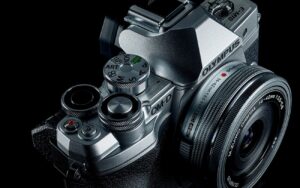
The Olympus OM-D E-M10 Mark IV was released on August 4, 2020. It is a mirrorless interchangeable lens camera designed for amateur photographers and enthusiasts. It features a 20.3-megapixel sensor, 5-axis in-body image stabilization, and 4K video recording capabilities. The camera also has a compact and lightweight design, making it easy to carry around.
Olympus has a long and rich history in the camera industry, and the release of the OM-D E-M10 Mark IV is just one example of its commitment to innovation and excellence in photography.
Key Features
- 20.3MP Live MOS Micro Four Thirds Sensor
- TruePic VIII Image Processor
- UHD 4K30p Video Recording
- 2.36m-Dot 0.67x-Magnification OLED EVF
- 3.0″ 1.04m-Dot 180° Tilt Touchscreen
- 5-Axis Sensor-Shift Image Stabilization
- 360 shots per charge (with LCD)
- 4.5 fps burst shooting w/AF
- Electronic viewfinder
- 121-Point Contrast-Detection AF
- 8.7 fps Shooting, ISO 200-25600
- Wi-Fi and Bluetooth Connectivity
- USB charging
Design & Build Quality
The Olympus OM-D E-M10 Mark IV camera boasts a sleek and compact design, making it easy for everyday use or travel vlogging. It measures 121.7 x 84.2 x 49mm, making it a relatively small camera compared to other mirrorless cameras. It weighs approximately 383g, which is pretty lightweight and easy to handle.
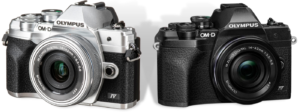
The camera has a top panel that houses the mode dial, power button, and shutter release button. The mode dial allows you to switch between different shooting modes, such as manual, aperture priority, shutter priority, and more.
On the back of the camera, there is a 3-inch touchscreen LCD that can be tilted up and down for easy framing and access to the camera’s menu and settings. Several buttons are also located around the LCD, including the playback button, menu button, and function button. Besides, the function button can be customized to provide quick access to frequently used settings.
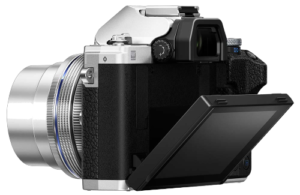 Additionally, the Olympus OM-D E-M10 Mark IV features a control wheel located near the shutter release button. This wheel can be used to adjust various settings such as aperture and shutter speed, providing quick and easy access to important camera controls.
Additionally, the Olympus OM-D E-M10 Mark IV features a control wheel located near the shutter release button. This wheel can be used to adjust various settings such as aperture and shutter speed, providing quick and easy access to important camera controls.
The build quality of the Olympus OM-D E-MTruePic VIII Image Processor10 Mark IV is impressive, with a durable and sturdy construction that can withstand everyday use. Its magnesium alloy body gives it a premium feel and protects against impact and scratches.
Its small size and excellent build quality make it ideal for travel photography and vlogging.
Video & Image Quality
The Olympus OM-D E-M10 Mark IV boasts a 20.3-megapixel Live MOS sensor that produces high-resolution images and videos. It also has a TruePic VIII image processor that enhances image quality and reduces noise even in low-light settings.
The camera is capable of a native ISO range of between 200 and 6400, which can be extended to 25600 for low-light conditions. Manual control also allows you to adjust the auto range and use ISO100 for bright light and long-exposure shots.
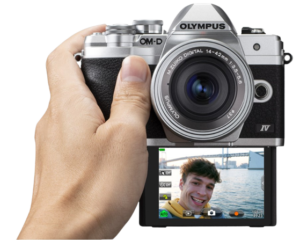
Regarding video quality, the camera can shoot 4K UHD (3840 x 2160) video at 30p, 25p, or 24p, and Full HD (1920 x 1080) video at up to 60p. It also has advanced video features such as high-speed 120fps HD recording, time-lapse video, and 5-axis image stabilization that minimizes camera shake for smoother footage.
The camera’s autofocus system is also noteworthy, with 121-point contrast detection and 121-point phase detection autofocus that can track and focus on moving subjects quickly and accurately.
Additionally, the Olympus OM-D E-M10 Mark IV has a flip-down LCD touchscreen that can be tilted to 180 degrees for easy selfies or vlogging shots. It also has built-in Wi-Fi and Bluetooth connectivity that allows for easy sharing of photos and videos to smartphones or other devices.
This recording device can capture videos up to 29 minutes in length, and the battery life appears to be more than adequate. However, if you are prone to forgetfulness or find yourself immersed in your work for long periods, it is recommended also to bring a rechargeable battery pack when you’re on the move.
Sound Quality
While the camera supports stereo PCM recording and uncompressed HDMI output, it lacks a microphone and a headphone socket. This means you won’t be able to monitor your audio levels or use an external microphone to improve the sound quality.
However, the sound quality is decent if you are in a quiet environment and use the camera’s built-in microphone. The stereo recording produces a clear and detailed sound, and the uncompressed HDMI output ensures no loss of quality during playback.
Specifications |
|
|
|
|
|
|
|
|
|
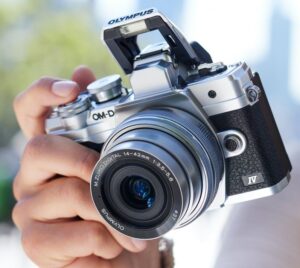
Final Verdict On Olympus OM-D E-M10 Mark IV
| Compact and lightweight design | Limited battery life compared to larger DSLRs |
| Excellent image quality with 20.3-megapixel sensor and advanced image stabilization | Small size may not be comfortable for users with larger hands |
| Fast autofocus system with 121 focus points and face/eye detection | Some features are buried in menus and may be difficult to access |
| 4K video recording with good image quality | Limited availability of native lenses compared to other camera systems |
| Built-in Wi-Fi and Bluetooth for easy sharing and remote control | Electronic viewfinder may not be as sharp as optical viewfinders |
| Articulating touchscreen for easy framing and shooting at awkward angles | No headphone jack for monitoring audio during video recording |
| Customizable controls and menu options | |
| In-camera creative filters and effects | |
| Good battery life for its size |
The Olympus OM-D E-M10 Mark IV is an excellent choice for podcasting, offering great image and audio quality, along with a range of helpful features to make recording a breeze. Its interchangeable lens system and advanced autofocus provide the flexibility and performance needed for recording in any situation, while its intuitive and user-friendly design ensures a smooth recording experience. With excellent image quality, fast autofocus, and great audio recording options, the Olympus OM-D E-M10 Mark IV is a great pick for podcasting.
You’ve got a full deck of cards set before you; choose carefully!
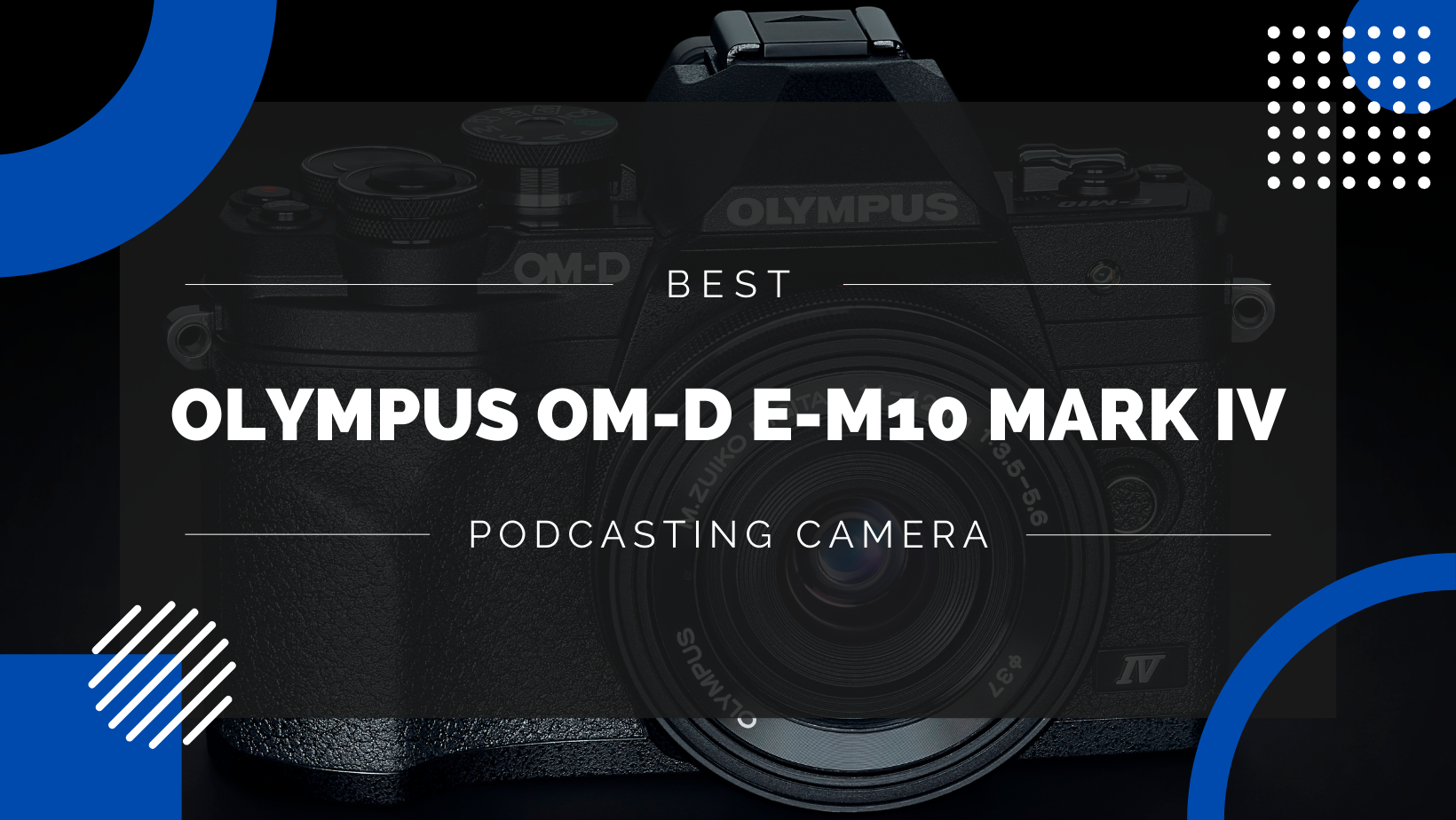
 Dimensions
Dimensions
COMMENTS